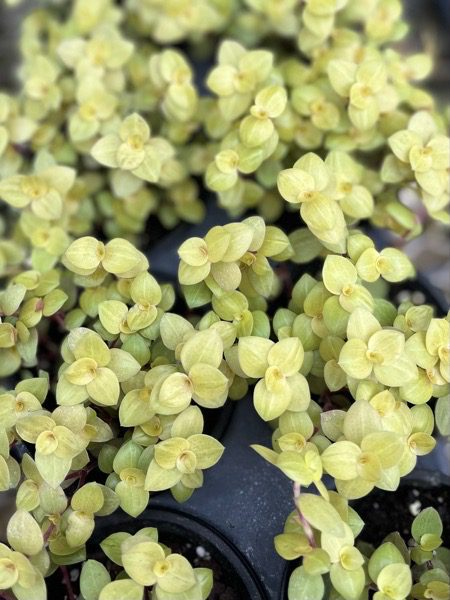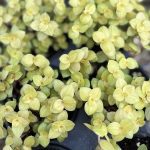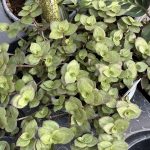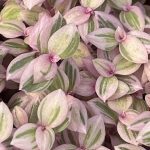Callisia, Bolivian Jew
[addtoany url=”https://wrightgardens.com/product-category/plants/tropicals/callisia-bolivian-jew/”]
Callisia Repens, Bolivian Wandering Jew or Turtle Vine
If you’re looking for an easy-to-grow houseplant that trails gracefully, look no further than the Bolivian Wandering Jew or Turtle Vine. This beautiful plant is native to South America, the Caribbean, and Central America, and it’s known by a variety of common names including Bolivian turtle vine and Creeping Inch Plant. The Bolivian Jew is a vigorous plant that grows quickly, making it a great choice for beginners. Keep reading to learn more about how to care for your own Bolivian Jew!

The Bolivian Jew is a relatively low-maintenance plant, making it ideal for busy people or beginners. As a cultivated houseplant, Callisia Repens has gained popularity for its hardiness and versatility. It adapts well to indoor environments, provided it receives adequate light and moisture. Its trailing stems make it an excellent choice for hanging baskets, while its compact growth allows it to thrive in smaller pots or as part of a mixed planting arrangement.
Callisia Repens boasts small, thick, and waxy leaves that form dense mats of foliage. The leaves are typically bright green with a hint of purple on the underside, giving the plant a vibrant, multi-dimensional look. The stems are slender and trailing, making them perfect for hanging baskets or as ground cover in outdoor gardens.
The plant occasionally blooms with tiny white or pink flowers, though they are not the main attraction. The real beauty lies in its lush, cascading foliage that can transform any space into a verdant paradise.
The foliage of Callisia Repens is its most striking feature. The leaves are elliptical and grow in opposite pairs along the stem. They are small, about 1-2 cm in length, but their dense growth pattern creates a rich and full appearance. The stems are flexible and can root easily at the nodes, making the plant quite versatile in its growth habits.
Shop for Bolivian Jew Plants
Showing all 3 results
-

Callisia repens, Bolivian Jew Golden
Price range: $4.99 through $8.99 Select options This product has multiple variants. The options may be chosen on the product page -

Callisia repens, Bolivian Jew Green
Price range: $4.99 through $8.99 Select options This product has multiple variants. The options may be chosen on the product page -

Callisia repens, Bolivian Jew Pink
Price range: $4.99 through $8.99 Select options This product has multiple variants. The options may be chosen on the product page



